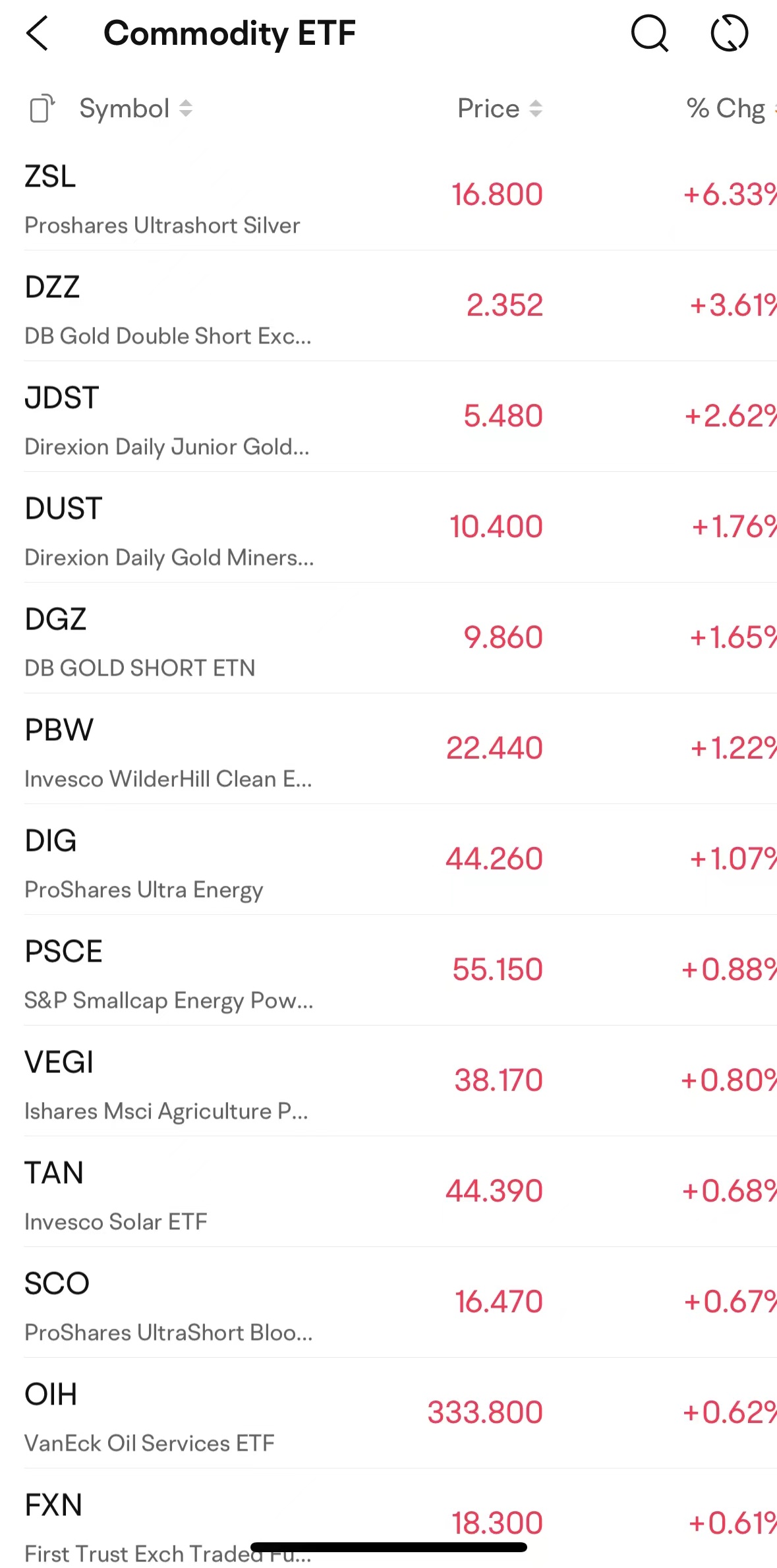In summary, ETFs themselves have diversified properties, which can reduce the risk of investing in commodity futures, options, or stocks. With many advantages such as convenience, transparency, liquidity, and relatively low cost, ETFs have become an attractive investment tool for entering the commodity market.














